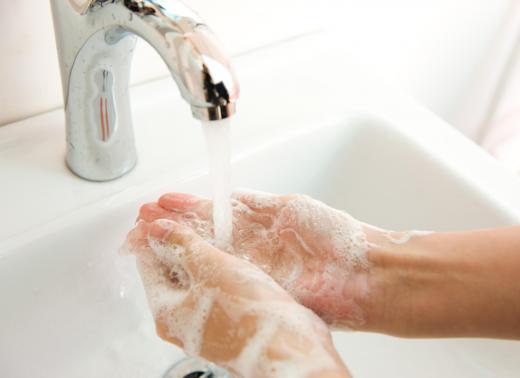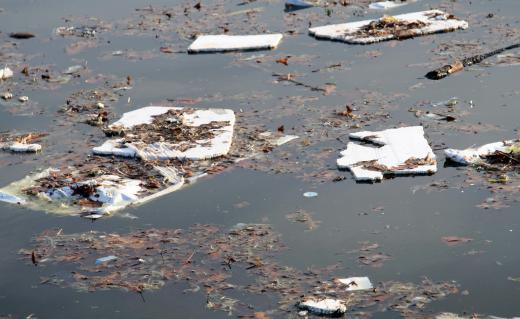Water remediation is the process of ridding the water supply of various types of contaminants, making the water fit for human consumption and use. In addition to rendering the water safe for humans, the process of remediation also seeks to make sure that the residue removed from the water is disposed of in a manner that minimizes the negative impact on the environment. A number of different strategies are employed in order to deal with water pollution and restore water to a usable condition.
In general, there are two different types of water remediation. The first is known as on-site or in-situ purification. This approach involves using various methods to clean up the water supply where it is situated, rather than transporting the water to a filtering facility at another location. In many cases, addressing the groundwater contamination on-site is the less expensive alternative.

The second approach is known as off-site, or ex-situ water remediation. With this strategy, the water is collected and physically transported to a location where the contaminants can be removed safely. One advantage of this approach is that the impurities are transported along with the water, making it impossible for those elements to further destroy the ecological balance at the site.

With both these classes of categories of water remediation, a number of different methods may be used to restore the water to a usable state. Thermal methods involve elevating the temperature of the water until dangerous bacteria are killed. Filtering the water with natural elements or a combination of chemicals is also an effective method of removing contaminants.

Often, water remediation requires more than one round of cleansing and filtration to restore the water to a desirable status. After each phase in the purification process, a water sample is taken and tested. If the water meets standards for purity set by the environmental agency that is responsible for water purity in the area, the task is considered complete. Should there still be a significant amount of impurities present, the water is subjected to additional cleansing methods until it does meet basic standards.

Most national governments include some type of department or agency that oversees environmental matters within its borders. In the United States, the Environmental Protection Agency, or EPA, plays a significant role in the process of water conservation and cleanup within the country. State agencies often work hand in hand with national agencies to ensure that problems with the water supply are identified and addressed as soon as possible, thus limiting the long-term damage to the environment.

